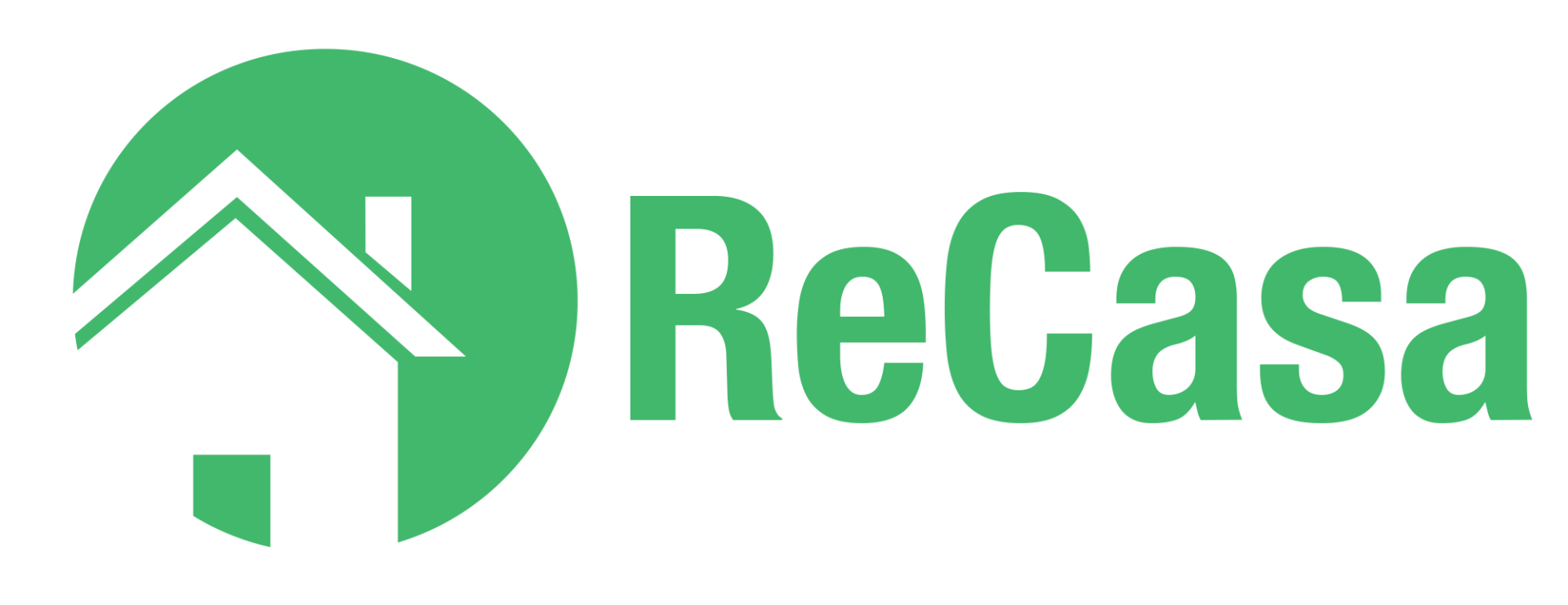ReCasa Financial Blog
#6 Rehabbing Grandfathered Usage Properties
A grandfathered property tends to be a nonconforming property for which the original zoning or ordinance was not in compliance, thus the use of the property has remained the same since subsequent zoning changes were placed on the books. Some basic categories of grandfathered properties include nonconforming use of land, nonconforming structures, nonconforming use of structures, and nonconforming characteristics of structures. There is also a parallel line of thought dealing with historical properties which comes to bear in certain municipalities with older building’s and more extensive building’s records or housing authorities.
There are several risks for investors of grandfathered or historical properties:
- Properties generally must be registered and are closely monitored
- Properties generally have civic authorities, housing commissions, etc., which must weigh in on any changes to the existing structure
- The actual nonconforming nature of the building may be limited in the investor’s plans for future use
An example comes to mind of an old house bought by an investor using a turnkey plan in a major Midwest city. This investor had used the turnkey program on several other properties in close proximity to the subject property of this tale. In this case, the property was grandfathered to codes requiring the original windows remain with the existing structure. The investor had authorized the order of new windows to be replaced throughout the entire house. Once some new windows were installed, the housing authority shut down the project because of the violation. It was explained that only the glass inside the existing window panes could be replaced, thus the investor had unused windows which they could not use, plus the expense of replacing glass into window panes, adding tremendous expense to the project.
Invest in grandfathered property carefully (and do your homework too)!
#5 Fight Your Own Formula for Success
Successful real estate investors develop a system, or a formula, they apply when making the most crucial decision in any real estate transactions , such as how much to pay. The formula must be specific to the area and the investor’s expertise.
Re-sell and rehabilitation purchases are the ultimate gate keepers to success. A rehabilitation project investor must know the cost of projects before starting and have a very strong knowledge of the re-sell market for that property.
When buying for cash flow, you ARE purchasing the cash flow so that is the most important variable in the proper price to pay. The more desirable the area, the more rent it will bring. For instance in a less than great area, a 4 unit that generates $2,000 per month, total rents might be worth $2,000 x 36 = $72,000. That exact same 4 unit in a better area generates $2,000 in rents but due to jobs, schools, location, etc… it warrants a 60 month multiplier, or $2,000 x 60 = $120,000.
Develop your formula, apply it, and do NOT fight it. Walk away when the formula tells you to. Remember, no deal is better than a bad deal.
The post “Top 10 Mistakes that Make Deals Go Bad” Series – Part 3 first appeared on ReCasa Financial Group.
